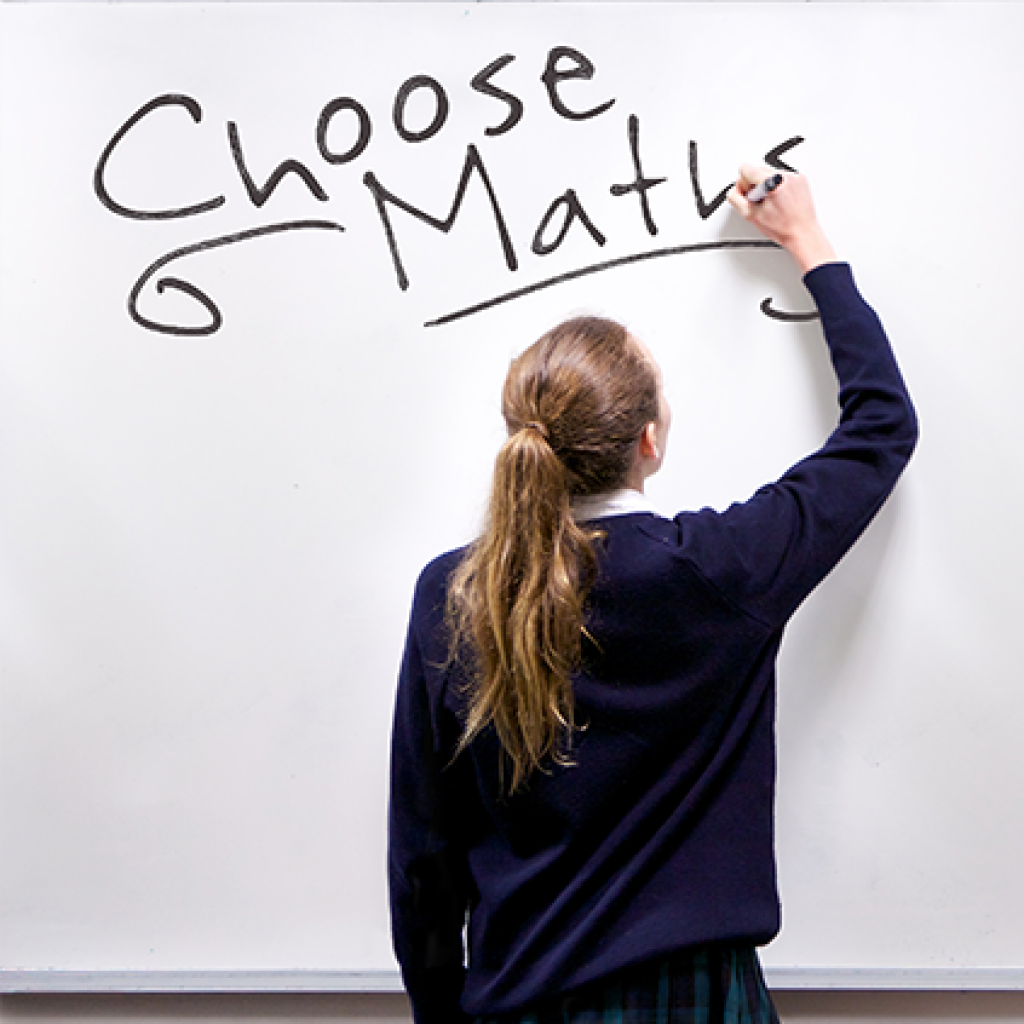Addressing the Gender Gap
Every child starts school with the same mathematical potential; Margot is in Year 7 and she reckons there is no difference between boys and girls when it comes to mathematics. “We are all encouraged, we do the same work and the teacher sets us all the same problems. Mathematics isn’t more difficult for girls.” So why then, if we follow Margot’s logic does such a prominent gender gap exist in the mathematical sciences? The BHP Billiton Foundation and AMSI want to erase the gender stereotype and boost maths for girls.
Mathematics is a necessary part of life, so why then do Australian’s turn their noses up at it?
That’s almost as ambiguous as asking how long a piece of string is, or how many bricks it takes to build a house.
If we were to think of the mathematical sciences as a country, it would be a small country, with an ageing population, falling fertility rates, rising emigration and immigration, buoyant incomes and a retirement age that keeps getting pushed up as demand for maths and stats skills grows exponentially.
Oh, and we forgot to mention, the men in this country significantly outnumber the women. What is a girl to do?
Rather than digging for answers as to why, AMSI and the BHP Billiton Foundation are acting. Over the next five years the Choose Maths initiative will turn around public perception of the mathematical sciences. While the program is aimed to address the underrepresentation of young women and girls in STEM, the $22 million investment will build self-sustaining education communities to benefit all.
International comparisons show that Australia has a lower number of highly performing students than some Asian countries. In maths, the top 10 per cent of Australian Year 4 students are at the same level as the top 40 per cent in Singapore, South Korea and Hong Kong, and in Year 8, the top 10 per cent of Australian students perform equivalently to the top 50 per cent in Taiwan, Singapore and South Korea.
The 2012 Programme for International Student Assessment (PISA), which measures the mathematics, reading and science skills of half a million 15-year-olds from around the world found that Australian teens placed equal 17th in maths. The results show Australian students are slipping in maths performance by about half a year of schooling compared to 10 years ago; this decline was stronger in girls than boys, with Australian girls dropping to the OECD average.
Around 14,500 Australian students from 775 schools were measured in the PISA assessment, conducted by the Australian Council for Educational Research (ACER) for the OECD. The questionnaire responses also found that girls hold a much more negative view about maths.
When the results came out ACER’s director of educational monitoring and research, Dr Sue Thomson, told the ABC: “Australia has slipped backwards to the type of gender disparity that was seen decades ago, and the performance scores of girls coupled with a number of particularly negative motivational attitudes puts Australia further away from providing all students with the same educational opportunities.” Dr Thomson also raised concerns that more than two-fifths of students failed to reach base proficiency levels in maths.
Another ACER study found that a third of mathematics teachers lack a solid mathematics background themselves. So how can our teachers inspire our kids, if they themselves do not have a firm grip on the material they’re teaching?
Enrolments in intermediate and advanced mathematics classes continue to decline. In fact, the proportion of Year 12 students enrolling in advanced mathematics dropped to below 10 per cent in 2014. In 1995 that figure was 15 per cent.
And, in the year 2000 Australian teenagers were second only to Japan in their mathematical performance, however now, teenagers from twelve other countries outperform our teenagers.
In an effort to combat these falling numbers AMSI will work on the ground in 120 Australian schools throughout the five years of the program. Based on AMSI’s existing model, secondary schools and their feeder primary schools will be clustered together into professional development groups. These teachers will focus on enhancing and cementing their content knowledge guided by an AMSI specialist. Without our teachers having solid foundations and engaging ways to deliver the mathematics curriculum we risk further declines in Australia’s mathematical literacy.
A role model network will be established to encourage schoolgirls and young women to pursue the rich life experiences and rewarding careers mathematics can offer. This network will foster a community of high achieving mathematics professionals to act as mentors; to guide and connect women in STEM; to nurture ambitious women to succeed in STEM.
Coupled with a national mathematics careers awareness campaign and excellence awards for teachers, students and schools Choose Maths will: increase engagement, enthusiasm and confidence in mathematics; enhance teacher knowledge and confidence in mathematics; assist teachers to implement strategies known to engage and inspire girls; grow how the public holds the importance of mathematics in their minds; reverse the tightly held gender stereotypes in mathematics.
Summing up, the program will provide teachers with professional development in maths education, help girls at school become more aware of careers which use maths, offer role-models and networking to young women, and establish the BHP Billiton awards to recognise teachers for their excellence in maths education.
When any student sets out to study maths seriously, a weird thing happens – suddenly they notice that maths is everywhere. The trouble is, people don’t realise the maths is there – in a conversation about a horse race, how to finance their home or why a statistician sees a difference between weather and climate.
Things would be much easier if more people could see the numbers and mathematical concepts hidden behind what they’re saying.
At the launch of this program in April, BHP chief executive, Andrew McKenzie said: “We hope the Choose Maths program will help secure the pipeline of highly-qualified, female STEM professionals and open the door to the rewarding careers and cultural pursuits that maths offers.”
So let’s get the message out there: “if we’re going to be smarter, better, richer and happier, we need to choose maths!”


